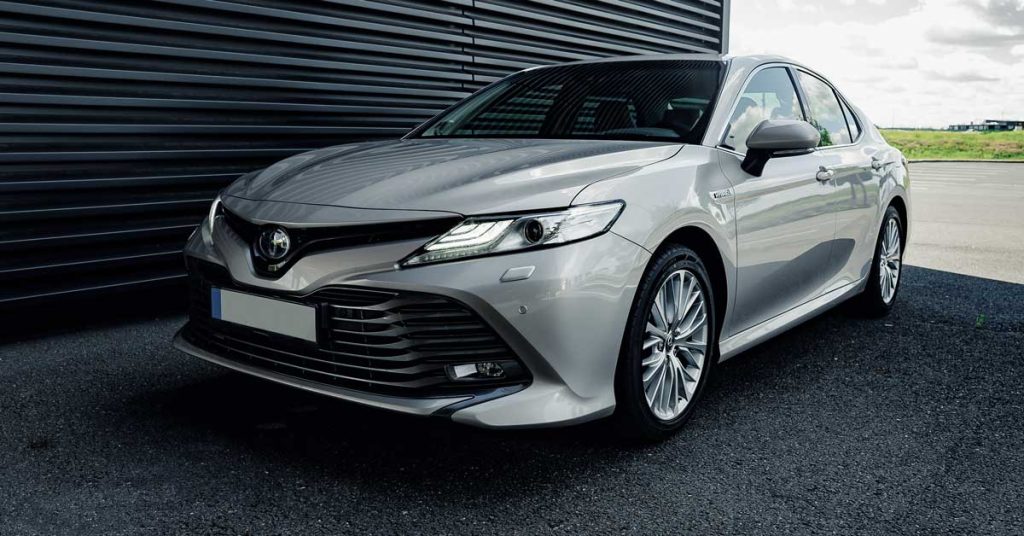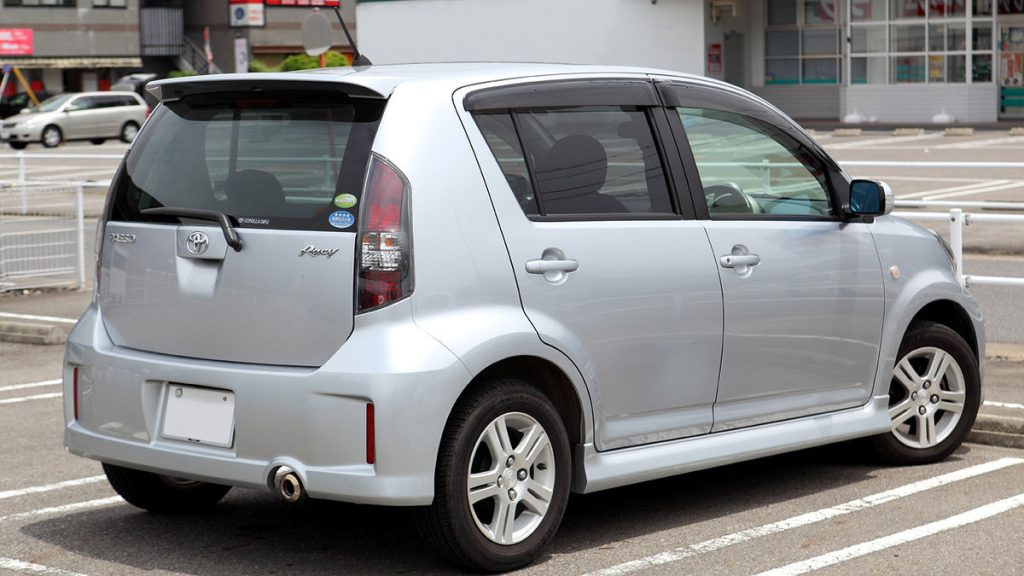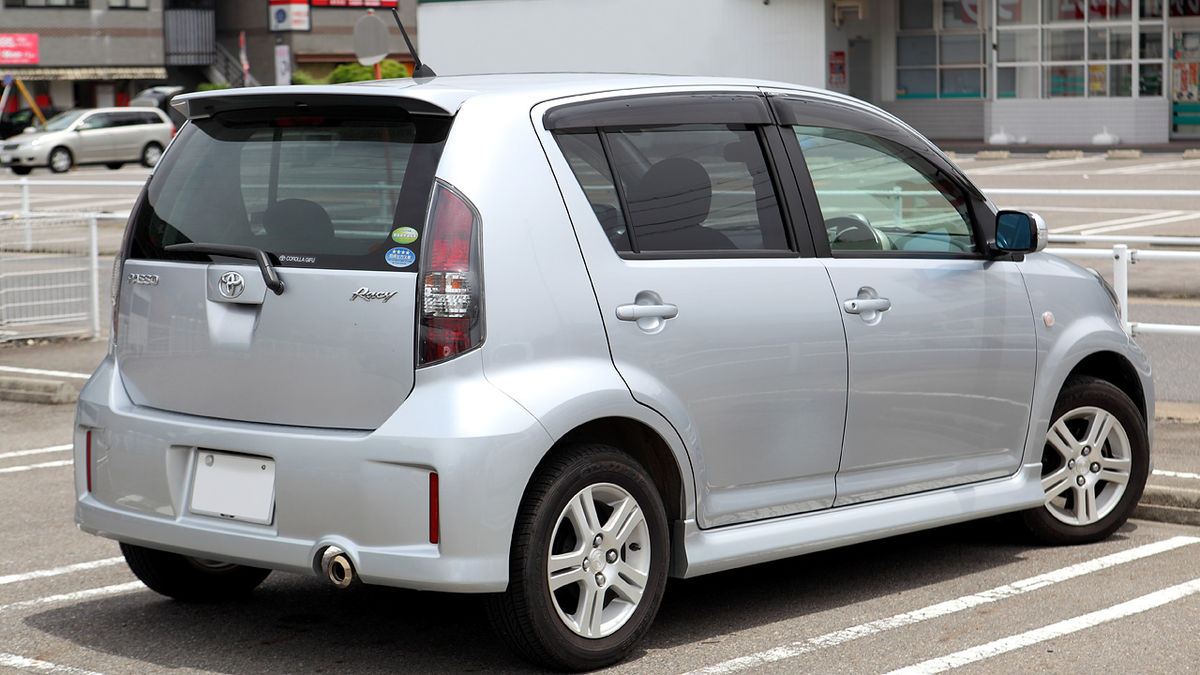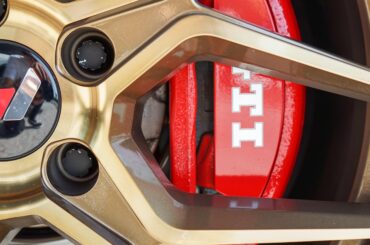In today’s world, fuel efficiency has become a critical factor in the selection of a car. As concerns about environmental impact and rising fuel costs continue to grow, consumers are increasingly prioritizing vehicles that can go the extra mile on less fuel. In this article, we will explore whether the “Is Toyota Passo fuel-efficient,” We will delve into the key features and technologies that contribute to the Passo’s fuel efficiency, examining engine options, aerodynamic design, advanced technologies, and transmission choices.
Additionally, we will consider real-world fuel consumption experiences and provide insights into whether the Toyota Passo is fuel-efficient. By the end of this article, you’ll have a comprehensive understanding of whether the Toyota Passo lives up to its reputation as a fuel-efficient choice in the compact car segment.
Contents
Understanding Fuel Efficiency
Fuel efficiency refers to how effectively a vehicle utilizes fuel to propel itself and cover a distance. It is typically represented by a standardized rating, such as miles per gallon (mpg) or liters per 100 kilometers (L/100km), indicating the distance a vehicle can travel on a specific amount of fuel.
There are several key benefits associated with fuel-efficient vehicles. Firstly, they help reduce our dependency on fossil fuels and promote sustainability. By consuming less fuel, these vehicles contribute to a decreased demand for oil, mitigating the environmental and economic impacts associated with its extraction and consumption.

Moreover, fuel-efficient vehicles offer financial advantages to their owners. With rising fuel costs, owning a car that can travel further on a gallon of fuel or a liter of gasoline translates to long-term savings. Fuel efficiency also reduces maintenance costs, as more efficient engines often experience less wear and tear, resulting in fewer repairs and extended engine life.
Additionally, fuel-efficient vehicles positively impact the environment by reducing greenhouse gas emissions. As fuel consumption decreases, so do the carbon dioxide (CO2) emissions released into the atmosphere, helping combat climate change and improve air quality.
In recent years, governments and environmental organizations worldwide have emphasized the importance of fuel efficiency in reducing the carbon footprint of transportation. Fuel efficiency standards and regulations have been implemented to encourage automakers to develop vehicles that consume less fuel and emit fewer pollutants, fostering the development of innovative technologies and driving the industry towards more sustainable transportation solutions.
Considering these factors, fuel efficiency is not just a personal preference but a crucial consideration for individuals looking to make an informed and environmentally conscious choice when selecting a vehicle. The Toyota Passo’s fuel efficiency performance will now be examined to assess how it aligns with these factors and addresses the need for greener and more economical transportation options.
Overview of the Toyota Passo
The Toyota Passo compact car has gained popularity for its practicality, reliability, and fuel efficiency. Introduced in 2004, the Passo has carved a niche in the global automotive market, particularly in regions where compact and efficient vehicles are in high demand.
The Passo has undergone several generations of updates and enhancements, each aimed at improving its overall performance and appeal to consumers. Its compact yet spacious interior makes it an ideal choice for urban driving and navigating crowded city streets. The Passo’s compact size allows easy parking and maneuverability in tight spaces.
One of the notable strengths of the Passo is its fuel efficiency, which aligns with the growing demand for economical and environmentally friendly vehicles. With a focus on optimizing engine performance and implementing advanced technologies, the Passo delivers commendable fuel efficiency figures, making it an appealing option for budget-conscious individuals and eco-conscious drivers.
The Passo has also gained popularity for its reliability and low maintenance costs. Toyota is renowned for producing vehicles with a reputation for longevity and durability, and the Passo is no exception. Owners can expect a reliable and efficient driving experience for years with proper care and regular maintenance.
In terms of features, the Passo offers a range of options and amenities that enhance comfort, convenience, and safety. Depending on the specific model and trim level, the Passo may include advanced safety systems, infotainment technology, smart connectivity options, and ergonomic interior design.
Engine Options and Efficiency
The Toyota Passo offers a range of engine options, each designed to balance performance and fuel efficiency. Let’s analyze these engine choices and evaluate their impact on fuel economy.
The Passo typically has small displacement engines ranging from 1.0 to 1.3 liters. These compact engines are designed to maximize fuel efficiency without sacrificing adequate power for daily driving needs. The smaller engine sizes contribute to reduced fuel consumption by requiring less energy to propel the vehicle.
Toyota’s engine technologies play a significant role in enhancing Passo’s fuel efficiency. The company has implemented innovative technologies such as direct fuel injection, variable valve timing, and optimized combustion processes. These advancements help to extract more power from each unit of fuel, resulting in improved efficiency.
Toyota’s engine management systems, such as Electronic Control Units (ECUs), also monitor and optimize engine parameters in real-time. By precisely controlling fuel delivery, ignition timing, and other variables, these systems ensure the engine operates at its most efficient level under different driving conditions.
The choice of engine size in the Passo can somewhat impact fuel efficiency. Smaller engines consume less fuel due to lower displacement and reduced internal friction. However, it’s essential to consider that engine efficiency is not solely determined by size. Factors such as design, technology, and overall vehicle weight also contribute to fuel economy.
It’s worth noting that official fuel efficiency ratings provided by Toyota may vary depending on the specific engine variant and model year. It’s advisable to consult official specifications or reliable automotive sources to obtain accurate and up-to-date information on the fuel efficiency of a particular Passo model.
Aerodynamics and Fuel Efficiency
Aerodynamics plays a crucial role in vehicle design, including its impact on fuel efficiency. Let’s explore the significance of aerodynamics and examine the aerodynamic features of the Toyota Passo.
In the context of vehicles, aerodynamic design focuses on reducing air resistance or drag, which directly affects fuel efficiency. By minimizing drag, a vehicle can move more efficiently through the air, requiring less energy and fuel to maintain speed.
The Toyota Passo incorporates various aerodynamic features that contribute to its fuel efficiency. Its exterior design is carefully sculpted to optimize airflow and reduce drag. Streamlined contours and smooth surfaces help the Passo cut through the air more efficiently, minimizing turbulence and resistance.
In addition to the overall shape, specific aerodynamic enhancements are integrated into the Passo. These may include strategically placed air deflectors, underbody panels, and spoilers. These elements work together to manage airflow around the vehicle, reducing drag and improving overall aerodynamic performance.
Aerodynamic enhancements can have a tangible impact on fuel efficiency. By reducing drag, the Passo requires less energy to overcome air resistance, improving fuel economy. Even small reductions in drag coefficient can lead to noticeable gains in fuel efficiency, especially during highway driving, where aerodynamic forces play a more significant role.
It’s important to note that factors beyond external design influence the overall aerodynamic performance of a vehicle. Elements such as tire design, wheel well covers, and the smoothness of various vehicle components also reduce drag and enhance fuel efficiency.
Toyota Passo’s attention to aerodynamic design and its specific features aims to maximize fuel efficiency. By optimizing airflow, reducing drag, and minimizing turbulence, the Passo strives to deliver an efficient driving experience, ensuring that each drop of fuel is utilized effectively.
In the next sections, we will explore the advanced technologies implemented in the Passo and its transmission options to understand further how these factors contribute to its overall fuel efficiency.
Advanced Technologies for Fuel Efficiency
The Toyota Passo incorporates advanced technologies specifically designed to enhance fuel efficiency. Let’s look at these technologies and their impact on reducing fuel consumption.
1. Start-Stop Systems:
The Passo features a start-stop system, also known as an idle-stop system. By avoiding unnecessary idling, start-stop systems reduce fuel consumption and emissions, especially during city driving, where there are frequent stops and starts.

2. Regenerative Braking:
Regenerative braking is another innovative technology found in the Passo. This system harnesses the energy generated during braking and converts it into usable electrical energy. Instead of dissipating the energy as heat, regenerative braking stores it in the vehicle’s battery for later use. By recovering and reusing this energy, the Passo reduces the load on the engine and alternator, resulting in improved fuel efficiency.
3. Efficient Engine Management Systems:
Toyota has developed advanced engine management systems for the Passo that optimize fuel consumption. These systems continuously monitor throttle position, engine speed, and load conditions. Based on this data, the engine management system adjusts fuel injection, ignition timing, and other variables to ensure efficient operation under different driving conditions. The Passo maximizes fuel economy by precisely controlling these parameters without compromising performance.
4. Lightweight Construction:
To reduce overall weight, the Passo incorporates lightweight materials in its construction, such as high-strength steel and aluminum. A lighter vehicle requires less energy to accelerate and maintain speed, improving fuel efficiency. The reduced weight also allows for more efficient braking and handling, contributing to overall fuel economy.
These advanced technologies integrated into the Toyota Passo demonstrate the commitment of the manufacturer to enhance its fuel efficiency. Start-stop systems, regenerative braking, efficient engine management, and lightweight construction work together to minimize fuel consumption and reduce emissions, making the Passo a more environmentally friendly and cost-effective choice for fuel-conscious drivers.
In the subsequent sections, we will delve into the Passo’s transmission options and real-world fuel efficiency experiences to comprehensively understand its overall fuel economy.
Transmission Options and Fuel Efficiency
The Toyota Passo offers various transmission options, each playing a role in its overall fuel efficiency. Let’s examine these transmission choices and evaluate their impact on Passo’s fuel economy.
The Passo is typically available with different transmission options, including manual, automatic, and Continuously Variable Transmission (CVT). Among these, the CVT stands out for its potential to maximize fuel efficiency.
The Continuously Variable Transmission (CVT) automatic transmission provides seamless and stepless gear ratio changes. Unlike traditional automatic transmissions with fixed gear ratios, the CVT allows for infinite gear ratios within a specific range. This enables the engine to operate at its most efficient speed under various driving conditions, optimizing fuel economy.
The CVT in the Passo contributes to improved fuel efficiency by keeping the engine within its optimal rev range, regardless of acceleration or speed. It continuously adjusts the gear ratio to ensure the engine operates at the most efficient point, providing smooth and efficient power delivery. This efficiency is particularly noticeable during city driving or in stop-and-go traffic situations where frequent acceleration and deceleration occur.
Compared to traditional automatic and manual transmissions, the CVT offers several advantages in terms of fuel efficiency. Manual transmissions require the driver to manually shift gears, which can lead to less precise gear selection and increased fuel consumption. Traditional automatic transmissions, while convenient, may not optimize fuel economy as effectively as a CVT due to fixed gear ratios.
The CVT’s ability to continuously adapt to driving conditions and maintain optimal engine speed leads to better fuel economy. It offers a seamless driving experience while extracting maximum efficiency from the engine, resulting in reduced fuel consumption and lower emissions.
It’s important to note that driving habits, traffic conditions, and individual preferences can influence the fuel efficiency achieved with any transmission option. However, Passo’s CVT is attractive for those seeking optimal fuel efficiency without sacrificing convenience or performance.
Real-World Fuel Efficiency
Real-world fuel efficiency can vary from the official ratings manufacturers provide due to several factors. Let’s explore the factors influencing real-world fuel efficiency, consider testimonials from Passo owners, and compare official ratings with actual usage.
1. Factors Influencing Real-World Fuel Efficiency:
Various factors, including driving conditions, driving style, traffic congestion, vehicle load, and weather, can influence real-world fuel efficiency. Aggressive acceleration, excessive idling, and frequent stop-and-go traffic can increase fuel consumption. On the other hand, smooth driving, maintaining a steady speed, and avoiding unnecessary idling can help improve fuel efficiency.
2. Testimonials and Feedback from Passo Owners:
Testimonials and feedback from Passo owners can provide insights into real-world fuel consumption experiences. Owners’ experiences can highlight Passo’s fuel efficiency in different driving scenarios and under various conditions. Online forums, reviews, and community discussions are valuable for gathering firsthand accounts of Passo owners’ fuel consumption and efficiency.
3. Comparison of Official Fuel Efficiency Ratings with Actual Usage:
It’s essential to compare official fuel efficiency ratings provided by the manufacturer with actual usage. Official ratings are determined through standardized tests conducted in controlled laboratory conditions, which may not fully replicate real-world driving scenarios. Thus, actual fuel efficiency may vary from these ratings. Comparing real-world fuel consumption experiences with official ratings can provide a better understanding of how the Passo performs in everyday driving situations.
A clearer picture of the Passo’s real-world fuel efficiency can be obtained by considering factors influencing fuel efficiency, testimonials from Passo owners, and comparing official ratings with actual usage. This information can assist prospective buyers in making informed decisions about Passo’s fuel consumption and efficiency performance.
In the subsequent sections, we will delve into Passo’s specific fuel efficiency ratings and examine its performance in real-world fuel consumption experiences.
Is Toyota Passo fuel-efficient?
The Toyota Passo showcases several features and technologies contributing to its fuel efficiency, making it an appealing choice for fuel-conscious car buyers. Let’s recap the Passo’s fuel efficiency attributes and summarize its reputation.

The Passo incorporates advanced engine technologies, such as efficient engine management systems and small displacement engines, which optimize fuel consumption without compromising performance. Aerodynamic design elements, including streamlined contours and specific enhancements, reduce drag and enhance the Passo’s overall efficiency.
Maximizing Your Savings: Unveiling What is Employee Pricing at Car Dealerships in 2023






